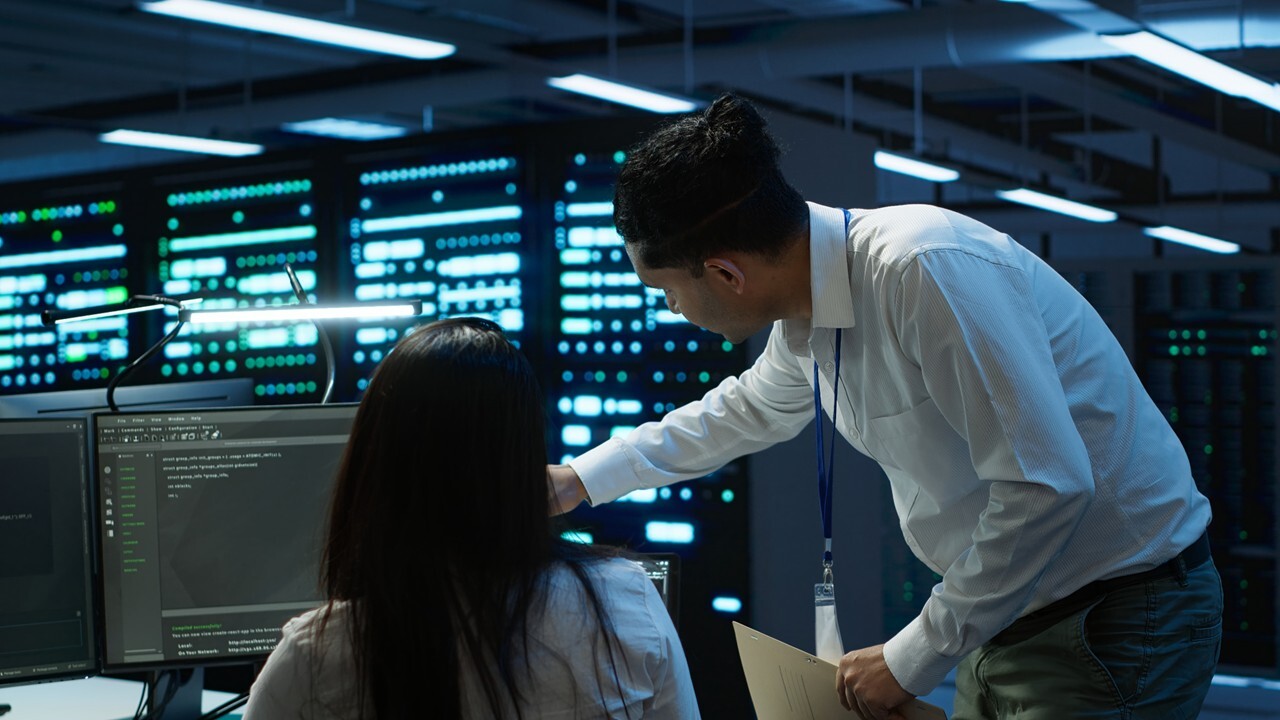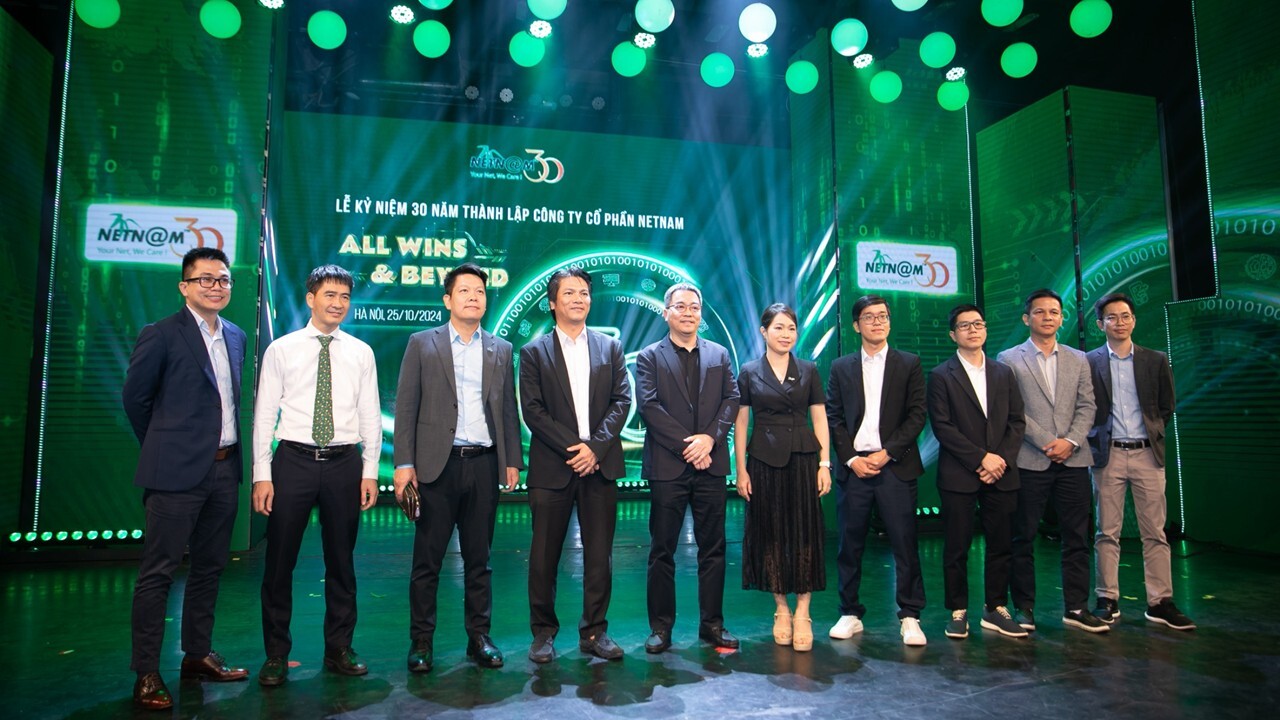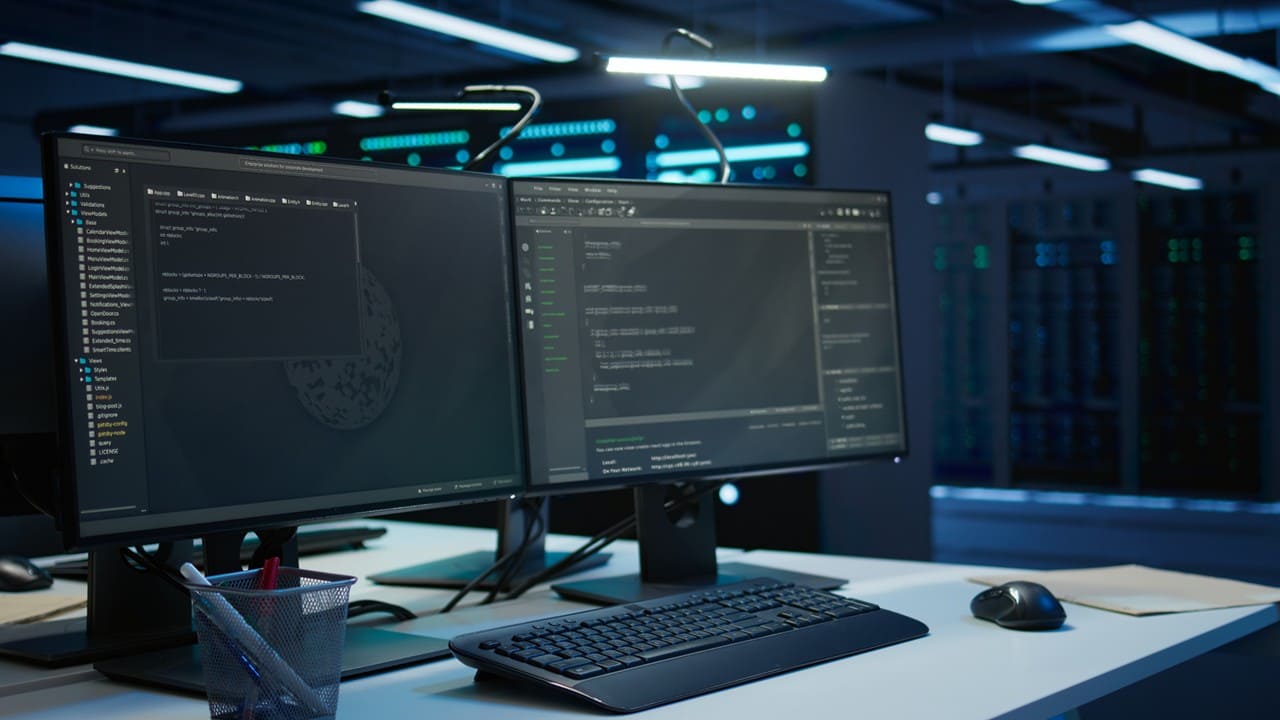AI in 24/7 SOC: Strengthening Cybersecurity for Modern Businesses

AI is transforming the way 24/7 Security Operations Centers (SOCs) operate, enabling businesses to detect threats earlier, reduce false alarms, and respond faster to cybersecurity incidents. NetNam’s NetGuardX service leverages AI and SOAR to automate monitoring, alerting, and risk mitigation, ensuring systems remain secure, continuous, and cost efficient.
As cyberattacks grow more sophisticated and unpredictable, the Security Operations Center (SOC) serves as the first line of defense, enabling businesses to detect, respond, and contain incidents promptly. However, traditional security models are increasingly overwhelmed: the shortage of skilled analysts, the growing alert volume, and delayed incident responses expose organizations to evolving threats.
AI-Powered SOC: From Manual Monitoring to Intelligent Automation
In traditional SOC models, activities such as monitoring, log analysis, and incident response are often performed manually, making threat detection and handling heavily dependent on the experience of the operations team. For mid-sized and large enterprises, thousands of alerts can be generated daily across multiple security systems, leading to alert fatigue and delayed incident response.

SOC analysts face thousands of alerts daily, increasing workload and the risk of missing critical threats
AI-powered SOCs redefine cybersecurity operations by introducing intelligent automation, where machine learning and AI algorithms handle massive data analysis. AI augments SOC teams with the following key capabilities:
- Machine Learning (ML): Learns normal system behavior to detect early anomalies and advanced threats such as zero-day attacks or insider risks.
- Natural Language Processing (NLP): Understands and analyzes unstructured data sources such as emails, logs, or text reports.
- SOAR (Security Orchestration, Automation and Response): Automates response actions, isolating devices, locking accounts, or triggering remediation workflows.
By combining AI with human expertise, organizations can operate SOCs that run continuously, proactively, and accurately, reducing false positives and optimizing operational costs.
Steps to Integrate AI into SOC Operations
As cyber threats become increasingly diverse and complex, integrating AI into SOC operations helps organizations not only automate incident detection but also enhance their analytical, predictive, and response capabilities. However, this transformation cannot happen overnight. Businesses need a clear, well-defined strategy to fully leverage the value of AI in strengthening their cybersecurity posture:
- Assess existing infrastructure and data: Identify data sources, network flows, and the readiness of available logs for AI training.
- Select appropriate AI models: Use ML, Deep Learning, or Generative AI depending on objectives such as anomaly detection, forecasting, or decision support.
- Connect AI to SIEM/SOAR platforms: Ensure unified data flow so that AI models can access full context for risk evaluation.
- Redesign operational workflows: Define clear roles where AI performs initial analysis while analysts handle complex verification and escalation.
- Train SOC personnel: Equip teams with skills to interpret AI outputs and manage hybrid AI-human operations.
When designed correctly, AI becomes an active analysis assistant across the entire incident lifecycle, helping SOCs shift from reactive defense to proactive, continuous protection.
Measuring AI Performance and KPIs in SOC
Performance metrics (KPIs) not only reflect the technical capability of an AI-enabled SOC but also demonstrate its overall efficiency in reducing analyst workload, optimizing workflows, and strengthening cyber defense. To ensure AI delivers measurable value, organizations should define clear performance indicators:
- MTTD (Mean Time to Detect): The average time required to detect an incident. A lower MTTD indicates that AI receives faster feedback on true or false signals, enabling it to learn abnormal patterns more effectively and prioritize high-value alerts.
- MTTR (Mean Time to Respond): The average time to respond once an incident is detected. Monitoring MTTR allows AI and SOAR systems to refine response playbooks, eliminate manual steps, and recommend faster, more consistent actions for analysts.
- False Positive Rate: The percentage of false alerts filtered by AI. This metric reflects the level of “noise” in the system. By adjusting thresholds and model parameters, AI can reduce false positives and focus on real security risks.
- Automation Rate: The ratio of automated responses to total incidents. A higher rate indicates that AI is handling more repetitive tasks, scaling response capacity, standardizing processes, and generating new feedback data for continuous improvement.
Overall efficiency can also be assessed by measuring the reduction in analyst workload, faster alert handling, and decreased system downtime. According to “A Controlled Experiment on the Impact of Intrusion Detection False Alarm Rate on Analyst Performance” (2024), when false alert rates increase from 50% to 86%, analyst accuracy drops by nearly 47%, while alert processing time rises by about 40%.

Measuring AI performance in SOC enables organizations to evaluate not only technical capabilities but also optimize response workflows, shorten detection and response time, and strengthen overall cyber defense.
Deploy a Modern AI Integrated SOC with NetGuardX
To accelerate implementation and ensure real-world effectiveness, businesses can choose NetGuardX, the next-generation AI-powered SOC service developed by NetNam.
NetGuardX leverages AI and SOAR to:
- Analyze multi-layer data from Endpoints, Cloud, Network, and Email.
- Detect anomalies in real time and automatically alert the expert response team.
- Execute response actions immediately upon identifying potential risks.
Specially, operated 24/7 by NetNam’s certified cybersecurity professionals, NetGuardX fully complies with both national and international standards, including TCVN 14423:2025 (Vietnam National Standard for Security Operations Centers, SOC) and ISO 27001. This enables enterprises to achieve international compliance and continuous protection without the need to build or maintain internal SOC infrastructure.

The 30th anniversary of NetNam Joint Stock Company marks a significant milestone, reaffirming its pioneering position in Vietnam’s IT infrastructure and cybersecurity landscape.
AI does not replace humans in cybersecurity operations; it enhances human capabilities, enabling smarter, faster, and more accurate monitoring. By analyzing real-time data, identifying anomalies, and issuing early automated alerts, AI empowers security teams to make informed and timely decisions.
When combined with NetNam’s experienced SOC professionals, AI-powered monitoring helps organizations respond quickly to cyberattacks, minimize damage, and proactively detect and prevent potential risks. This creates a strong and resilient defense foundation, allowing businesses to operate safely and continuously 24/7 in an ever-changing digital environment.
The NetGuardX service offers high flexibility, making it suitable for both mid-sized and large enterprises. It helps organizations optimize costs while maintaining exceptional efficiency, availability, and reliability in 24/7 cybersecurity monitoring. With NetGuardX, businesses can shift from passive defense to proactive, AI-driven security monitoring, achieving the goal of “Faster Detection, Instant Response, and Optimized Resources” in the digital era.
Discover how NetGuardX can help your business transform a traditional SOC into an intelligent, AI-driven Security Operations Center that operates 24/7 with optimized cost and efficiency. Contact NetNam for tailored cybersecurity consultation and solutions that fit the organization’s needs.
Contact NetNam:
- Hotline: 1900 1586
- Email: support@netnam.vn
- Website: www.netnam.com
- Comprehensive Cybersecurity Monitoring: www.netguardx.netnam.com
Submit your request






